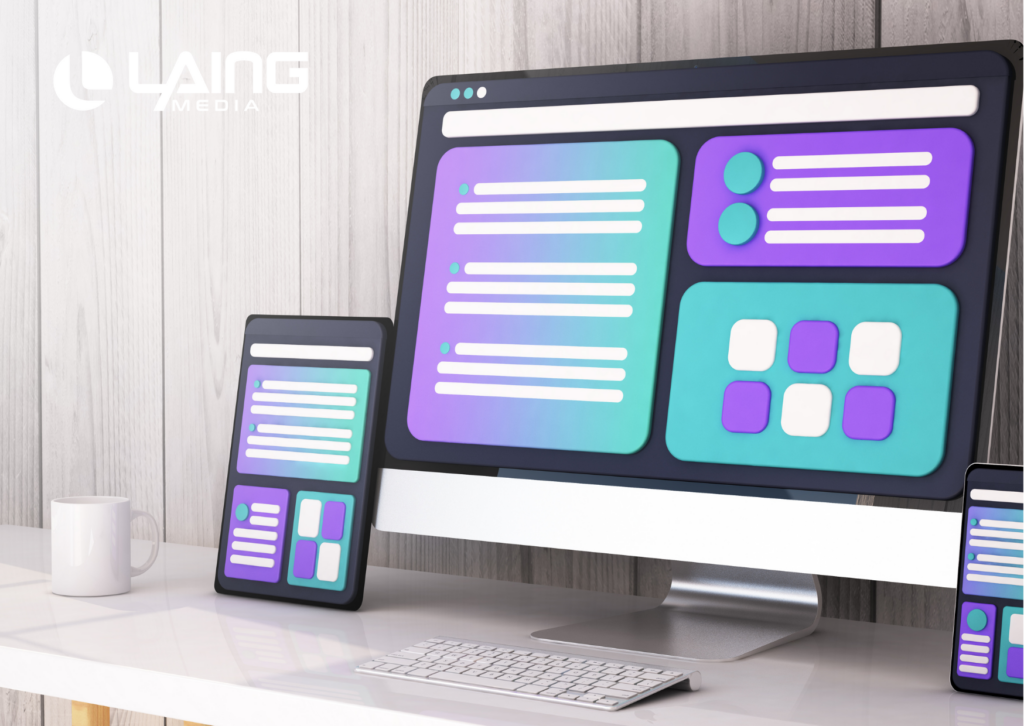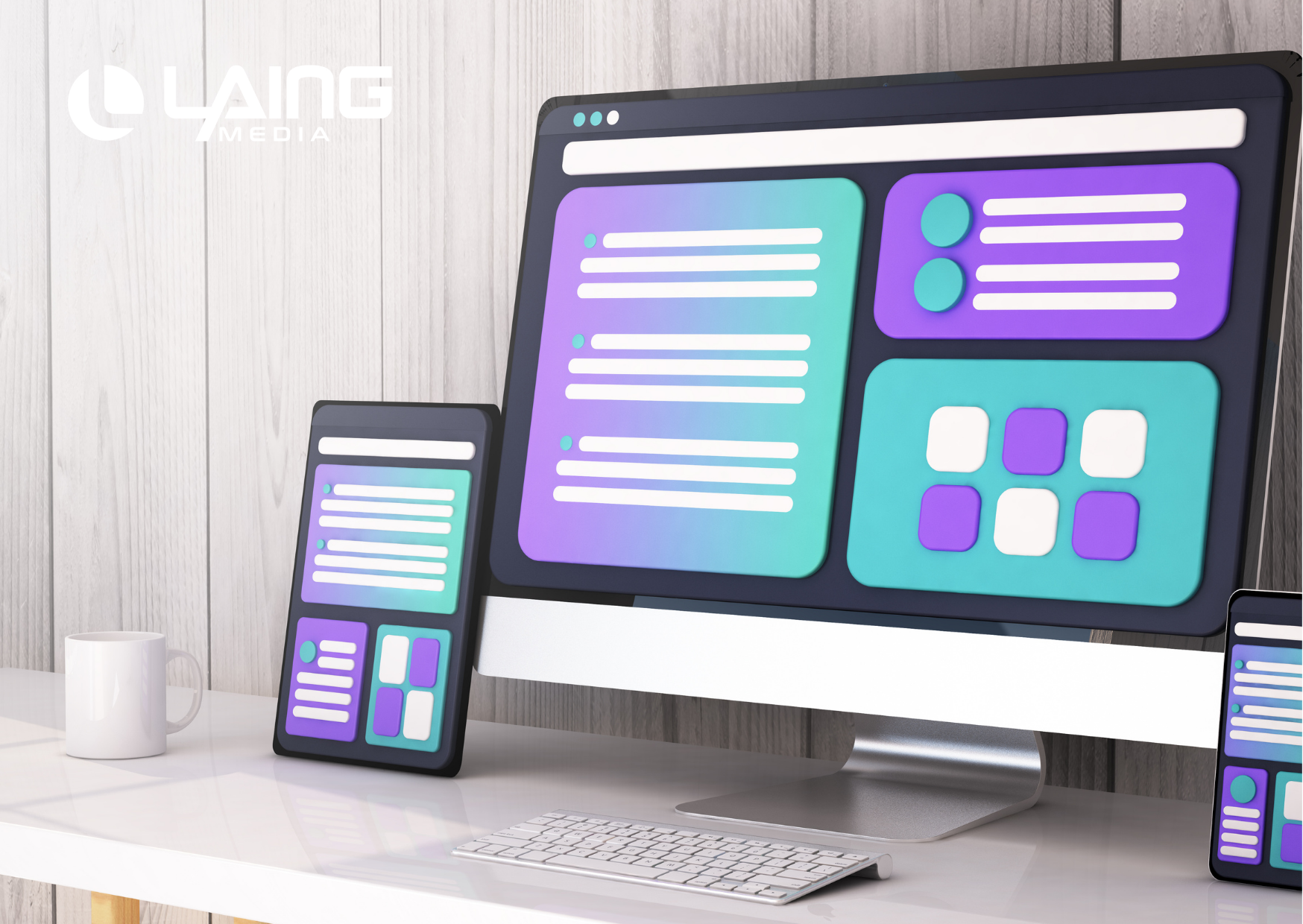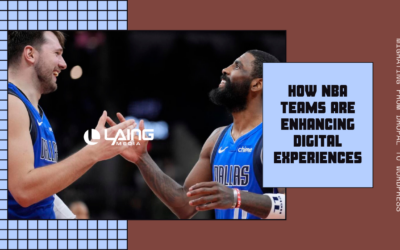
Do you remember your old school website? Probably not. Most brands cringe when talking about their original websites, which mostly looked like a Geocities page. However, things have changed now. Users are more demanding and expect more from brand sites. They are cleaner, faster, and more intuitive than ever before. Relaunching your website with a redesign is an excellent way to update and improve your brand image online. But it isn’t always as simple as it sounds. While some businesses get it right the first time, others don’t get that lucky and need several attempts to perfect their site design.
When redesigning your website, you need to consider many factors, from user experience to search engine optimization (SEO). If you’ve been thinking about giving your existing website a refresh, here are five tips for a successful relaunch.
Decide on your objective before you redesign your website.
A website redesign without clear objectives can lead to chaos. As with any other content project, you need to know what you’re doing before redesigning your website. Try to answer these questions:
- Why do you want to redesign your website?
- What are your goals for the redesign?
- What do you want your users to experience?
- Which channels will you focus the redesign on?
- Which stakeholders need to be involved?
- What kind of budget are you working with?
- What are the key KPIs you want to improve?
Once you have a better idea of where you want to go with your site, you can start planning the redesign.
Make a mood board to understand your users.
A mood board is a visual representation of your users’ needs, motivations, and problems. It’s an excellent way to talk about how your site should look, feel, and function. With the help of visual references, you can understand what type of design your users are familiar with, which colors they like, and which languages they prefer.
Creating a mood board is a collaborative process between designers and stakeholders. For example, you should invite your marketing team to help select images for your board. Ask them to provide examples of colors and images that represent your brand. They should also share any insights they have about your target audience. You can use any image-editing tool to create a mood board.

Develop a user experience strategy
Your site’s design is the first interaction your users will have with your brand. If your site is hard to navigate, it may lead to frustration and abandonment. This is where you take the time to learn everything you can about your users. Your user experience strategy should outline a deep understanding of your users, including what they need, what they value, their abilities, and their limitations.
Refresh your content
If you’re redesigning your website, you probably know that some of your content isn’t as up-to-date as it should be. However, it’s difficult to know what to remove and what to keep on your site. A good solution is to plan ahead and create a content strategy before you launch the redesign. Once the site is live, you can start replacing the old content with the new content. This way, your site stays up-to-date and relevant.
An overhaul of your content will take time. If you don’t have time to create a content strategy before the redesign, don’t worry. You can still do it afterward. Create a to-do list with the help of your content team. Define what you want to put on your new site and when to launch it. Set deadlines for each task to avoid dragging out the process. When you’re ready, follow the same flow as you would with any other content project.
Update your UI and UX with color
Designers often overlook the impact of color on their projects. It’s not just about aesthetics; it’s also about functionality. Choosing the right colors for your site can make navigation easier, increase click-through rates, and reduce bounce rates.
With the help of an experienced designer, choose the colors that best represent your brand. You can also use tools like Adobe Color or ColorExploration to select the right tones. It’s best to keep your color palette consistent across all your digital channels. That way, your brand will appear more unified and professional.
The Roadmap to a Successful Web Redesign
The web is a constantly changing space. As a result, staying on top of the latest trends and technologies is important. If you’ve been planning a redesign for a while, now is the perfect time to start the project. You also don’t have to do it alone. A team of website redesign experts is ready to help you with a relaunch at Laing Media.
Remember, you have to start with the end in mind. Don’t jump into redesigning your site without any direction. Take the time to think through your objectives and develop a plan to get there.





